The views expressed in our content reflect individual perspectives and do not represent the authoritative views of the Baha'i Faith.
O THOU who hast an illumined heart! Thou art even as the pupil of the eye, the very wellspring of the light, for God’s love hath cast its rays upon thine inmost being and thou hast turned thy face toward the Kingdom of thy Lord.
Intense is the hatred, in America, between black and white, but my hope is that the power of the Kingdom will bind these two in friendship, and serve them as a healing balm.
Let them look not upon a man’s color but upon his heart. If the heart be filled with light, that man is nigh unto the threshold of his Lord; but if not, that man is careless of his Lord, be he white or be he black. – Abdu’l-Baha, Selections From the Writings of Abdu’l-Baha, p. 113.
1941, Memphis, Tennessee—the “Gateway to the South”—where the Jim Crow segregationist “color line” remained hard and fast as ever. That year, a local newspaper ran a story, “Preacher of Racial Equality Shooed from Jail and City.” The preacher was locked up for a fortnight, without a formal charge. You get the idea.
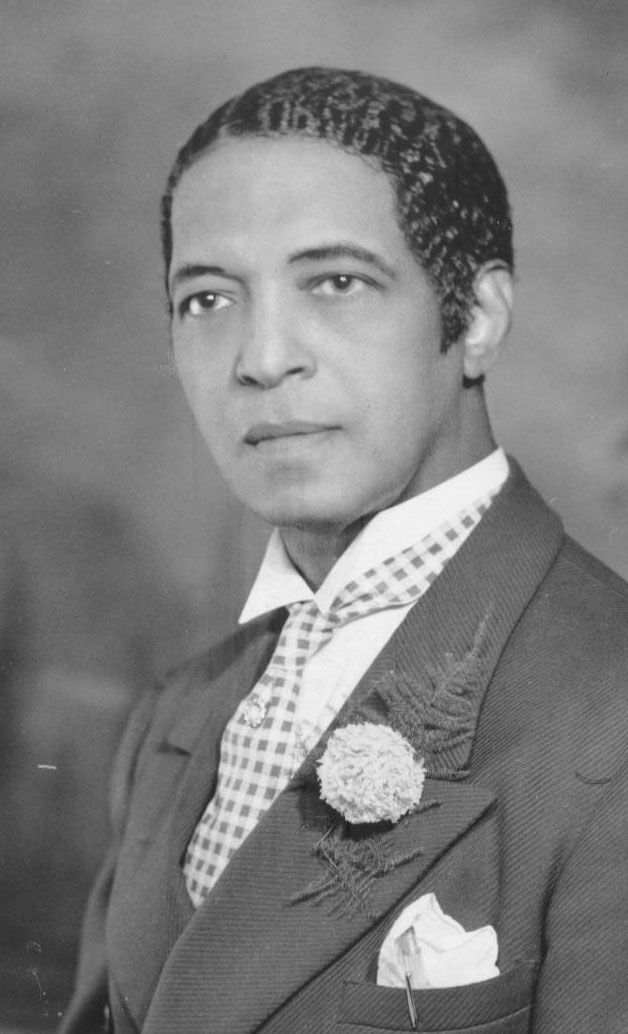
George W. Henderson National Baha’i Archives, Baha’i National Center, Evanston, IL. Courtesy of Lewis V. Walker, Archivist.
Earlier, in “The First Baha’i College” (Part 11 of this continuing series of essays), we met Professor George W. Henderson (1883–1944), founder of the Henderson Business College in Knoxville and in Memphis, Tennessee.
What was Professor Henderson like? And how did his leadership—his style, his demeanor, his dignity, his professionalism, his service to the Memphis community, his Baha’i values—help improve the condition of Blacks, but of race relations between Blacks and Whites in Memphis as well?
It all began with “breaking bread” together. “Breaking bread” between Blacks and Whites, you see, was a social taboo. To “break bread” was to cross—to transgress, as it were—the “color line,” the legally-enforced racial barrier that divided America.
In January, 1941, a White Baha’i, Doris McKay, visited Memphis. Her mission: to help consolidate the Baha’i community which, unfortunately, was segregated, just like the rest of Memphis. McKay recalls:
My first contact with the Black [Baha’i] group was through Professor Henderson who conducted a Business College. Call it innocence or call it ignorance, I wasn’t aware that I was being tested by him. I called him, on several occasions, to arrange a meeting and was put off. I persisted and, finally, he offered a date. He told me that he would send a car for me. Well, when the day arrived, a car was sent indeed. It was a dilapidated battered hulk of a taxi that probably would compare to the one driven by Amos ’n Andy. The chauffeur was a Black cabby in shirt sleeves. I got in and rode in regal style to the Business College. – Doris McKay, with Paul Vreeland, Fires in Many Hearts, pp. 294–295.
Doris McKay then took a tour of the Memphis branch of Henderson Business College:
Thirty or so bright and neat girls were tapping away at typewriters to the strains of the Victrola rhythms. Stepping into the school was like stepping onto a well-propped stage. It was positively theater! Ruby Jenkins, the secretary, greeted me and took me to Professor Henderson’s office. Here was a dapper person, more than well-dressed, with a flower in his lapel and a white silk kerchief tied in a bow under his chin. He introduced me to the Dean and then had Ruby escort me around the school, upstairs and down. It had been waxed until it shined and was the model of cleanliness. I saw the rooms in the girls’ dormitory. Back downstairs they put on an exhibition of typing coordinated to music. It sounded exactly like tap dancing. As a show alone, this tour was worth the price of a ticket. The professor joined us and introduced me to all of the students and I made a short Baha’i talk. I remember how bright some of faces looked and how intimate I felt with them all. Professor Henderson then donned a light overcoat, throwing it around his shoulders like a cape and put on a wide-brimmed hat. All of us were marshaled outside to pose for what seemed like an hour picture taking. – ibid, p. 295.
Today, this would seem commonplace, unremarkable, unworthy of note. But let’s see what happened next:
When we went back in, Professor Henderson played and sang some delightful music for me until a few of the girls served a sumptuous repast in the office. There was beefsteak, sandwiches, tea, toast, nuts and candy. We were joined by the Dean, Ruby Jenkins, and Corella Gray. Corella was one of the teachers. Ruby and Corella would be two of the students in my Baha’i classes. Only one knife had been brought, so the Professor cut up all of our beefsteak and buttered all of our toast. We called it the “family knife.” – ibid, p. 295.
So what’s the big deal? Simple: this was a litmus test—by Professor Henderson—of Doris McKay’s sincerity and purity of motive, as she herself attests:
Then we got into a real discussion of the Black situation in Memphis. Both men were highly intelligent. Professor Henderson was a member of the Urban League and said that, if I desired, he would introduce me to the secretary. The Dean was a member of an interracial committee to which prominent citizens of both races belonged. …We arranged for a class that I would give in “Baha’i Qualifications,” a small informal class which I would continue each week…
I would learn later that I had passed my tests. In my ignorance I had not seen them as tests at all. It was all matter of fact for me to accept the offer of the taxi, for me to have my photograph taken in public with them and, especially, to “break bread” together. I would discover that some of these things had not been done before in Memphis. – ibid, pp. 295–296.
This was just one of many such episodes in which Baha’is played a role in “fighting Jim Crow”—not by non-violent civil disobedience, but by non-violent “constructive resilience”—a contribution in American history so forcefully and eloquently summarized by Professor Cornel West, while at Princeton University:
What I’ve always been taken by is the very genuine universalism of the Baha’i Faith, one of the first religious groups to really hit racism and white supremacy head on, decades ago. By decades, I mean many decades ago and remain consistent about it. When you talk about race and the legacy of white supremacy, there’s no doubt that when the history is written, the true history is written, the history of this country, the Baha’i Faith will be one of the leaven in the American loaf that allowed the democratic loaf to expand because of the anti-racist witness of those of Baha’i faith. – Cornel West, Professor of African American Studies and Religion, Princeton University, 1 February 2012.


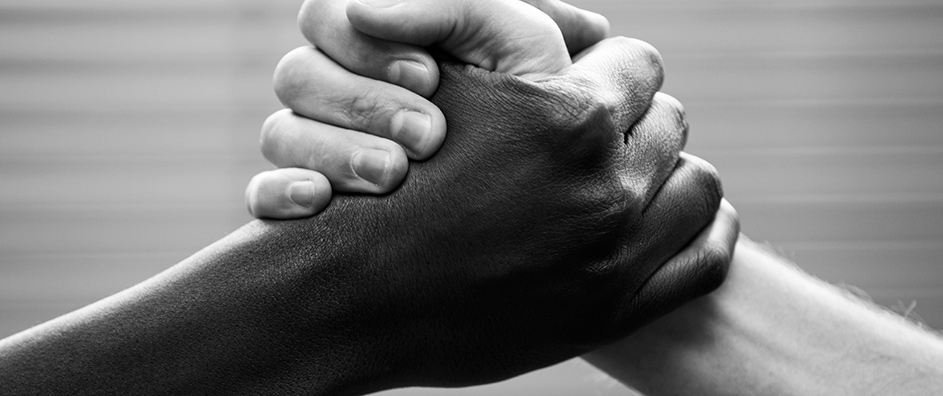

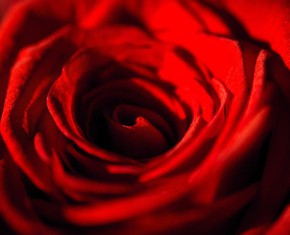
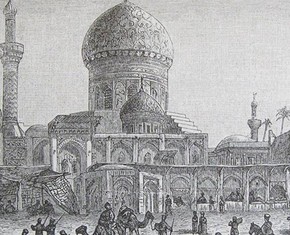
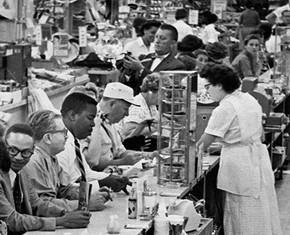









Comments
Sign in or create an account
Continue with Googleor